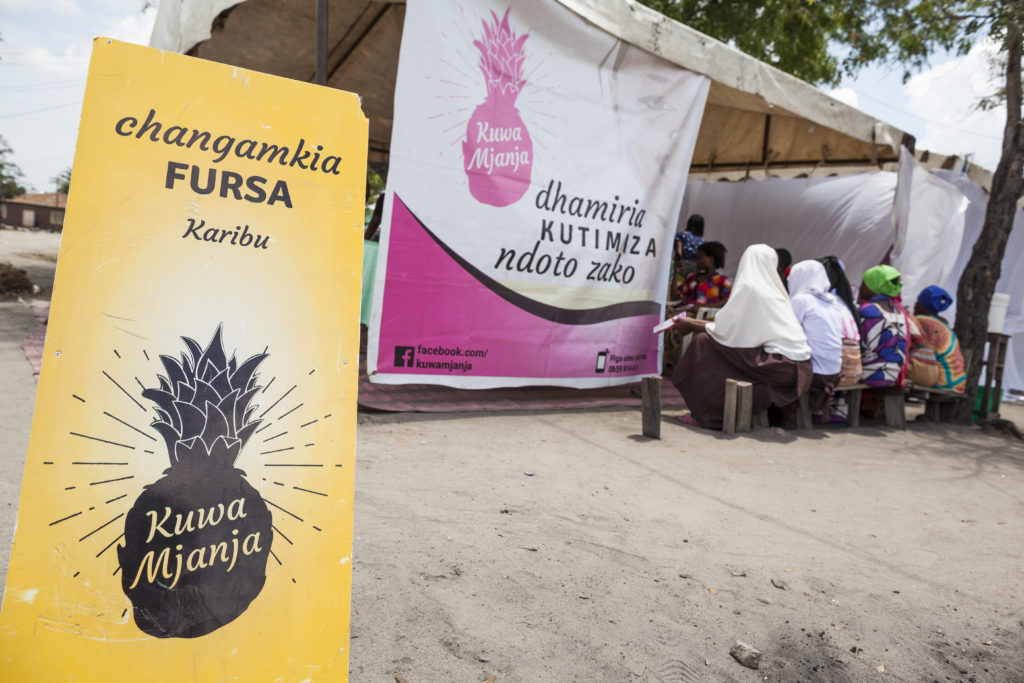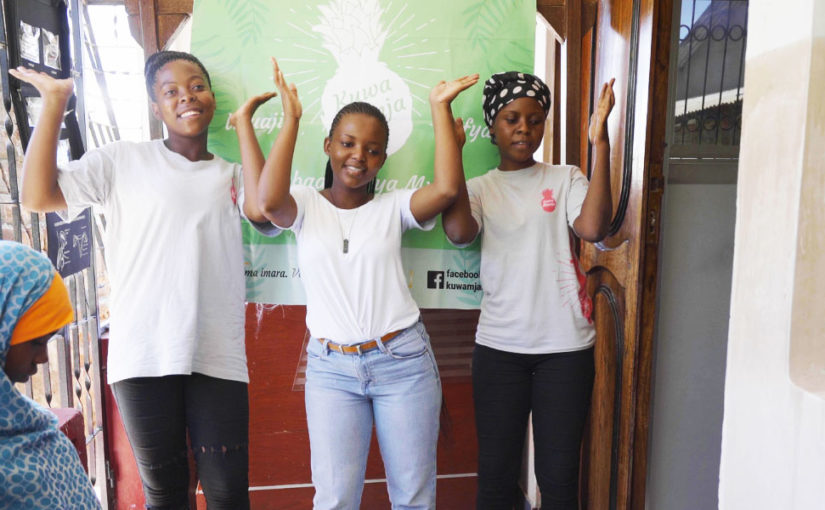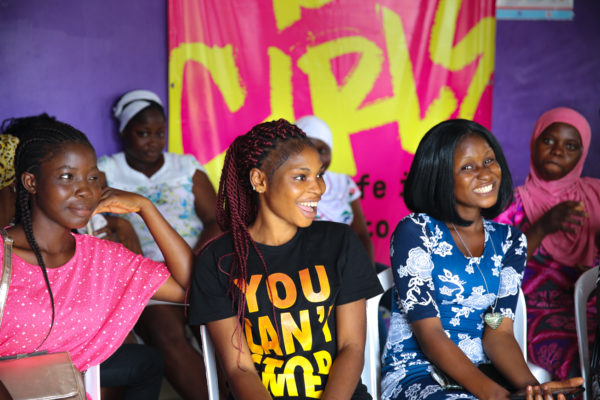By Rosemary Nazar, Adolescents 360 Young Designer, PSI Tanzania
Young people are the heart of development’s future.
But despite our footprint, my generation faces real challenges that too often block us from achieving our dreams.
As a 25-year-old PSI designer, my job is to step into the shoes of our youngest consumers—to understand what forces shape their lives, and work together to deliver the tools for young people to drive forward their goals.
Access to contraception is a part of that package.
I am one of PSI’s more than 630 young designers working to reimagine how young people access modern contraception. Through PSI’s flagship adolescent and youth sexual and reproductive health (AYSRH) project Adolescents 360 (A360) in Tanzania, I, alongside my team, have spoken to thousands of young people, and their influencers, to rethink how we reach girls aged 15-19 with AYSRH services.
We used design-thinking to get human-centered.

Through this approach, we’ve learned that by addressing a girl’s desire for power and control over her often unpredictable life, we can transform how we position contraception as relevant and valuable.
We shouldn’t tell girls what they should be doing, what their life goals should be and why they should be using contraceptives. We let them tell us.
Her Goals, Her Priority
Kuwa Mjanja hosts events (think less service delivery and more girl-powered parties!) that inspire girls to consider their life dreams, teach them real-world entrepreneurial skills and create safe spaces for girls to ask questions about their bodies and their lives. Girls then engage in private counseling with youth-friendly providers who introduce contraception as a tool in service of girls’ life goals.

I now see providers taking the time to get to know girls as more than just clients. Girls should walk away feeling like they just spoke to a confidante who “gets them.”
Bringing consumers into the center of design breaks down the power dynamics between who is designing and who is being designed for. It brings us together to listen to each other and to lead with empathy and curiosity as we dig into what matters in our consumers’ lives.
That is the value of bringing girls’ self-defined dreams into the conversation. It’s a powerful way to create an emotional connection between girls and the health system. And it gives girls the space to feel comfortable to choose contraception, on their own terms.

Learning from Girls
Girls expressed concerns about going to clinics for AYSRH services because of the overtly clinical experience. They’d go in, be lectured about “responsible” sexual behavior, and if they found a friendly provider, possibly get counseling and contraception.
Girls felt powerless in an unsupportive system.
The health system, designed to clear thousands of clients a day, did not prioritize adolescent girls. No one took the time to get to know them or ask them what they needed.
That’s because their voices were never a part of the solutions.
Through A360, we are bringing girls into the mix. In Tanzania, that’s led to A360’s Kuwa Mjanja, a girl-powered movement that dares girls to dream.
Banner Image: River Finlay
This article first appeared in PSI’s Impact magazine, released in tandem with Women Deliver 2019, as part of an ongoing conversation about putting #PowerInHerHands.
At Women Deliver this June? Hear more from Rosemary at the Women Deliver 2019 concurrent session, “Designing for a Better World: How can we better integrate design thinking to improve the lives of women and girls?” on Wed., June 5 at 1:30 p.m. in VCC West, Room 306.
Where else will A360 be at WD2019? We’ve got you covered, here.





